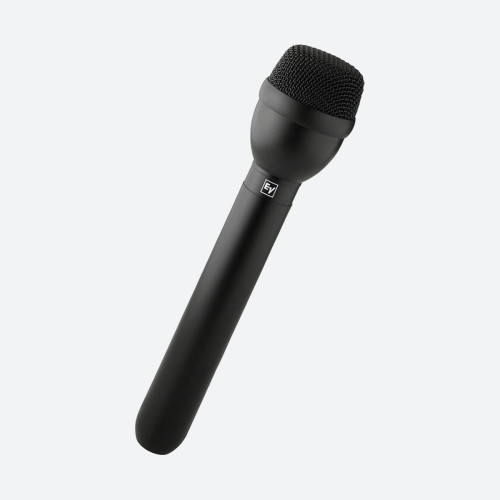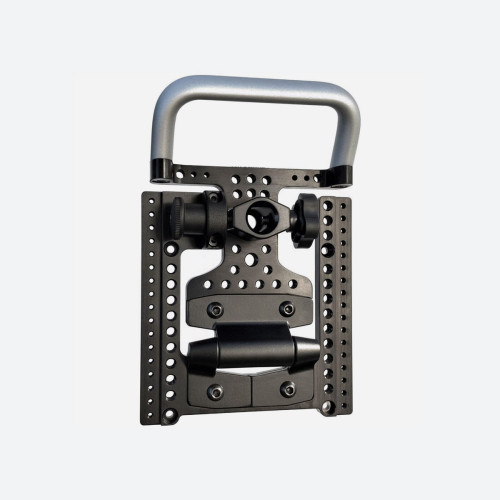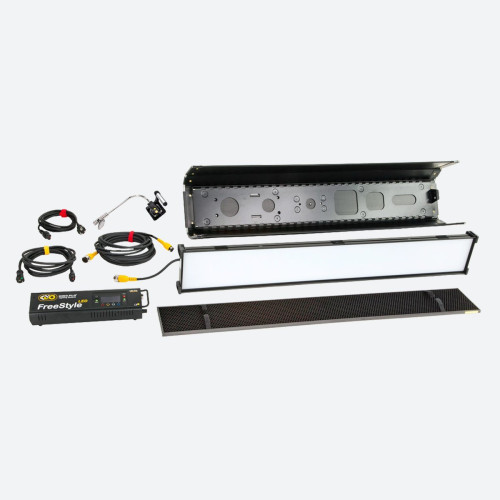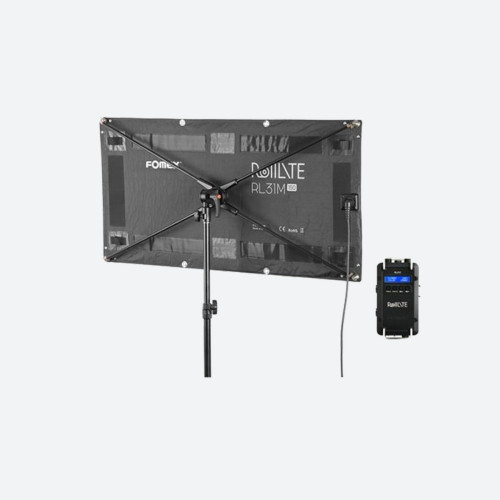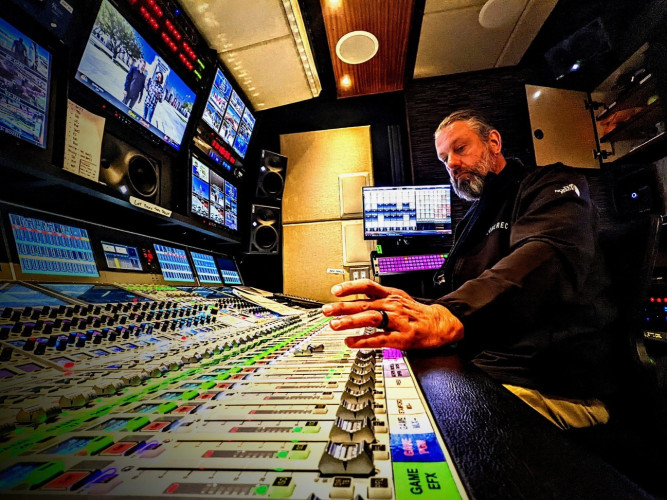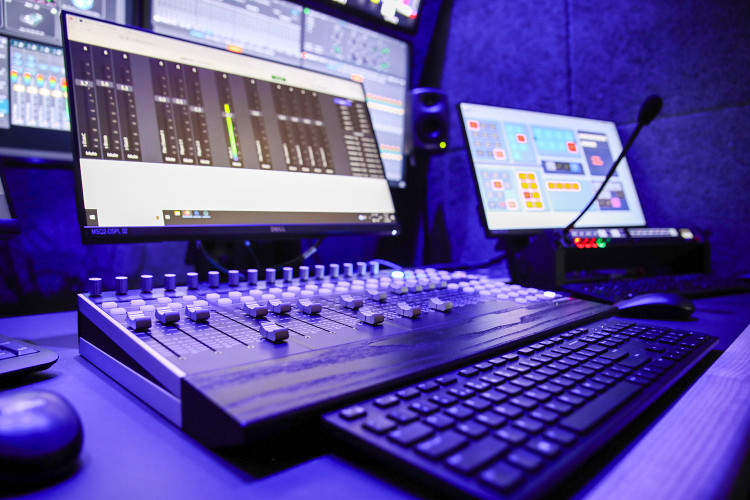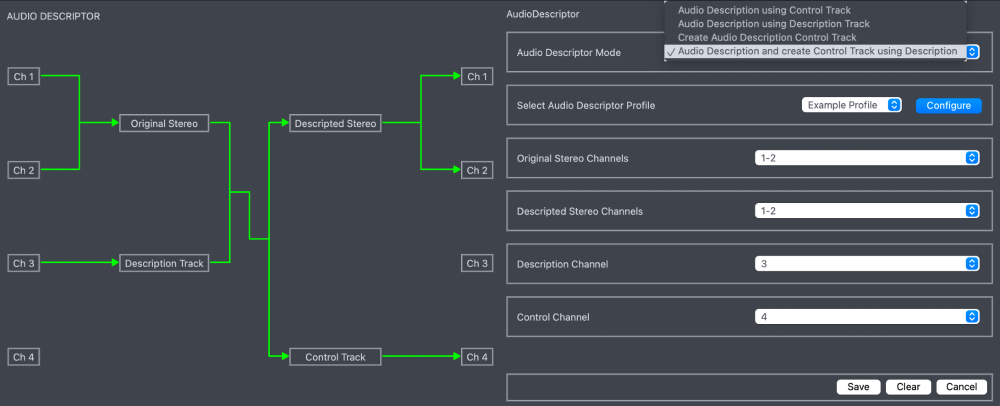Breaking Down Loudness Control

Author: Bob Pank#
Published 1st April 2010
Q: What is loudness and why is so much attention being paid to it?
A: Loudness is what people hear. It refers to the perceived strength of a piece of audio such as music, speech or sound effects. Among other factors, loudness depends on the level, frequency, content and duration of the audio the listener is hearing. Right now, television viewers are complaining about louder audio levels during commercials. This happens when there is a higher compression of sound, in order to have a louder play-out.
Unfortunately, the current program peak meters (PPMs) used in broadcasting does not reflect loudness, resulting in this discrepancy in audio levels.
In addition, the use of peak metering has also resulted in strong dynamic range processing, facilitating advertisers who want their commercials to be louder than the competition, as well as the programming it is supporting, itself. While advertisers may feel that louder is always better, this is not the case. By compressing the sound to achieve a louder play-out, much of the content as it was originally intended to sound is lost, resulting in poor quality. This is why it is necessary to implement loudness standards that are used throughout the entire production process, so that there is a consistent flow from production to distribution.
Q. How is RTW supporting this issue?
A. RTW has been a leading innovator in the pro audio industry for 40 years, manufacturing and distributing professional audio metering and control devices, such as the SurroundControl 31900, which includes the universally accepted Surround Sound Analyzer (SSA), also known as House Display, that help meet industry standards on loudness control. In addition, RTW is also helping to determine those standards. As a member of the European Broadcasting Union (EBU) P/Loud Group (formed in 2008), I have been working closely with my expert colleagues (there are nearly 100 of them) to determine the best possible recommendations for measuring loudness in broadcasting. Our goal is to provide a cohesive, European and internationally accepted loudness standard for measuring and producing audio.
Q: Are there other groups working on this issue?
A: Yes. In addition to the EBU P/Loud Group, there are several other groups worldwide working to resolve this issue. In the United States, this past November, the Advanced Television Systems Committee (ATSC) in Washington D.C. accepted its “Techniques for Establishing and Maintaining Audio for Loudness for Digital Television,” which is a great step towards solving the issue. So much so, that they are the guidelines that the United States’ Federal Communications Commission (FCC) must put into law by December of this year, per Congress passing the Commercial Advertisement Loudness Act (CALM) last December. These techniques will help the audio industry improve content and measure loudness throughout the production and distribution chain, which will result in quality, consistent audio for viewers.
In addition, the international broadcast industry has embraced ITU-R BS.1770, the International Telecommunication Union’s (ITU) recommendation for audio loudness, which will provide the basis for many new audio loudness meters. This standard is a great step in the right direction, as it basically was designed to resemble how the human ear processes sound, which of course would be the most ideal standard of them all. The ITU has also instituted ITU-R BS.1771, which sets strict requirements for loudness and true-peak indicating meters. In the UK, the Broadcast Committee of Advertising Practice (BCAP) Television Advertising Code was recently adopted thanks to the introduction of the ITU-R BS.1770 and 1771.
Q. What can we expect in the future?
A. While many broadcasters and manufacturers have already embraced many of the standards already in place, there is still much work to be done. It is imperative that we institute an international recommendation for all parts of the audio production workflow. The EBU P/Loud will soon be releasing its own recommendation, following its upcoming meeting, which will take place mid-March, in Vienna, Austria. We are hoping this recommendation will bring us even closer to reaching a common, accepted solution.




